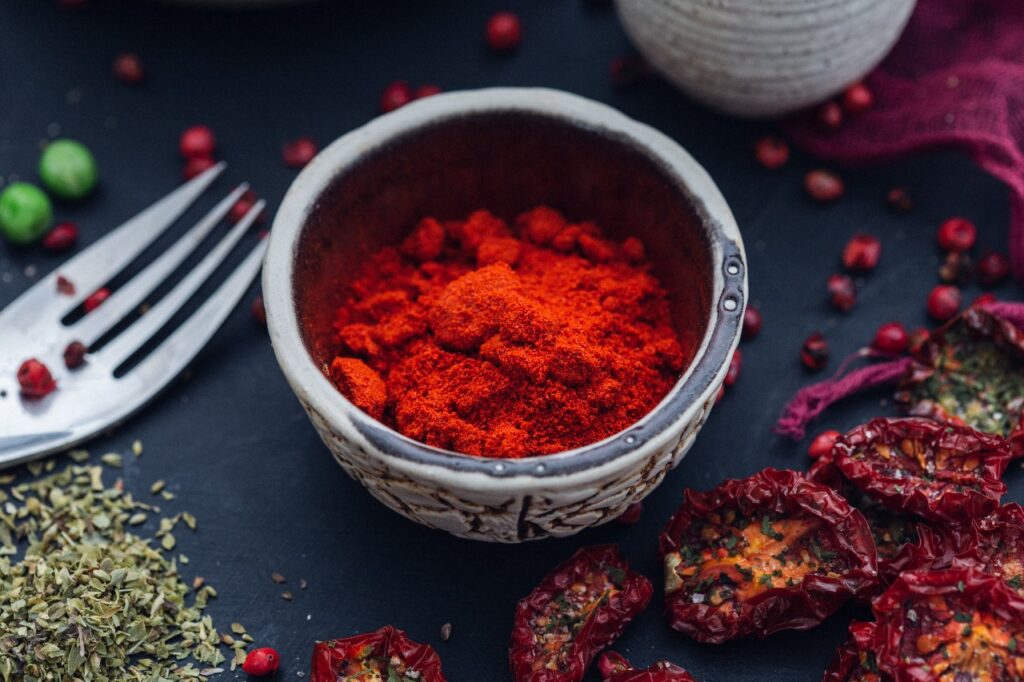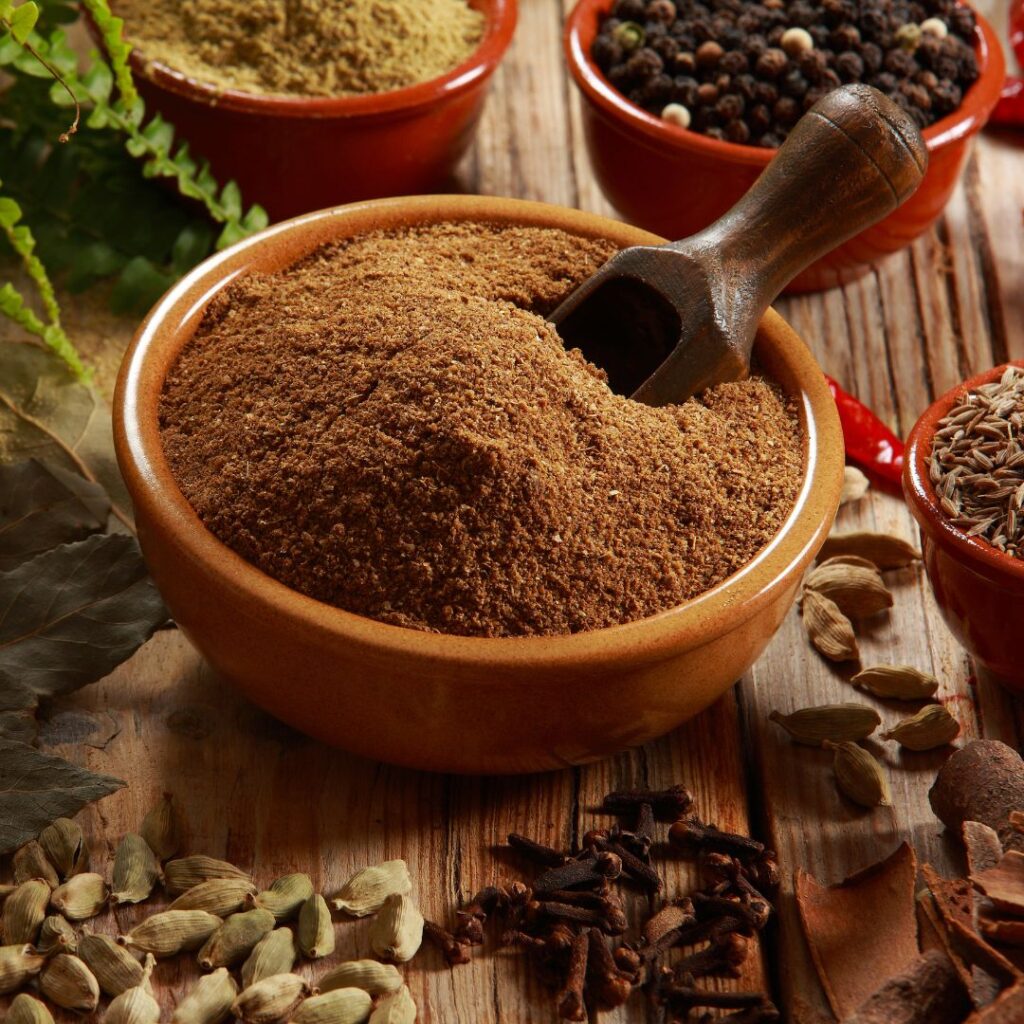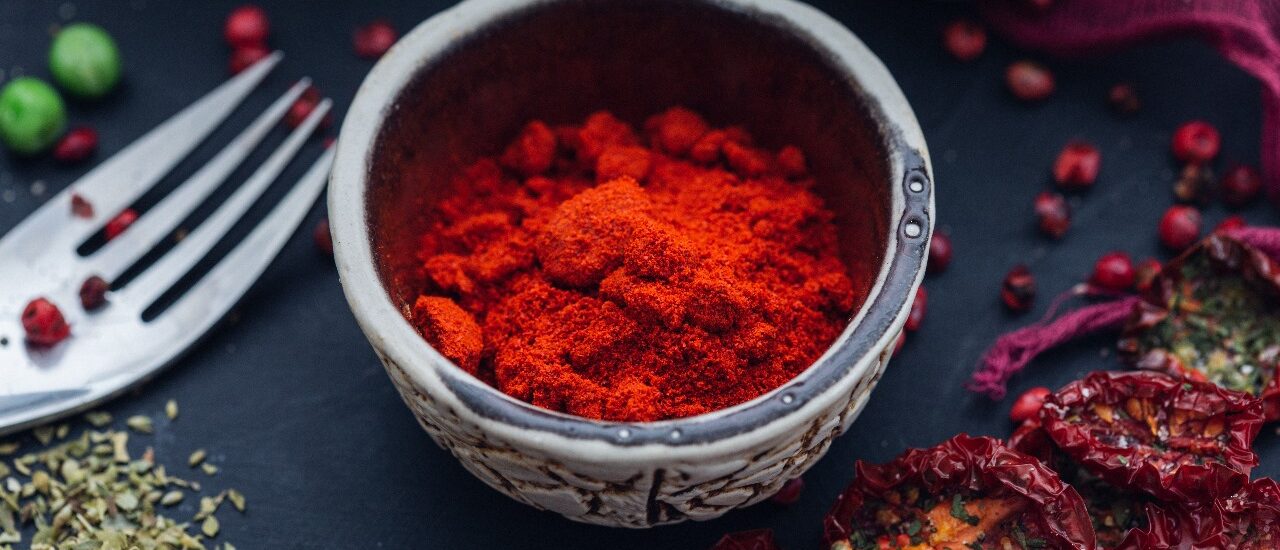The culinary world has witnessed a remarkable shift toward authentic, wholesome ingredients. Natural spice represents the heart of this movement, offering pure flavors without artificial additives. These treasures from nature have sustained civilizations for millennia, bringing both taste and wellness to our tables.
This comprehensive guide will unveil the secrets of natural spice, from their health benefits to proper storage techniques. You’ll discover how these aromatic gems can transform your cooking and boost your wellbeing. Whether you’re a seasoned chef or a curious home cook, this journey through the spice world will inspire and educate.

The Rich History and Origins of Natural Spice
Ancient civilizations prized natural spice as valuable commodities, often worth more than gold. The spice trade shaped entire economies and sparked global exploration. From the cinnamon forests of Ceylon to the saffron fields of Kashmir, these aromatic treasures influenced the course of human history.
Archaeological evidence reveals that humans have used natural spice for over 7,000 years. Egyptian tombs contained coriander seeds and anise, while Chinese emperors demanded the finest ginger and star anise. The Roman Empire established vast trade networks to import pepper, cardamom, and other precious spices from distant lands.
Medieval Europe’s obsession with natural spice led to the Age of Exploration. Columbus sought a western route to the spice islands, inadvertently discovering the Americas. Portuguese and Dutch merchants established spice monopolies, controlling prices and availability for centuries.
Understanding What Makes a Natural Spice Truly Natural
A genuine natural spice comes directly from plants without synthetic processing or artificial enhancement. These pure ingredients retain their original molecular structure and beneficial compounds. The difference between natural and artificial spices lies in their source, processing methods, and chemical composition.
Natural spice undergoes minimal processing, typically involving only drying, grinding, or basic extraction methods. No synthetic chemicals, artificial colors, or preservative additives are introduced during production. This preservation of natural integrity ensures maximum flavor potency and health benefits.
The certification process for authentic natural spice involves rigorous testing and verification. Reputable suppliers provide documentation proving organic growing methods and chemical-free processing. Understanding these standards helps consumers identify genuinely pure spice products in an increasingly crowded marketplace.
Top Health Benefits of Incorporating Natural Spice into Your Diet
Natural spice contains powerful antioxidants that combat free radical damage and reduce inflammation throughout the body. These compounds, including curcumin in turmeric and capsaicin in chili peppers, offer protective effects against chronic diseases. Regular consumption of diverse spices can significantly boost your body’s natural defense systems.
Many natural spice varieties possess antimicrobial properties that support immune function and digestive health. Oregano, thyme, and garlic contain compounds that fight harmful bacteria and fungi. These natural antimicrobials can help prevent foodborne illnesses and support overall gut health.
Research demonstrates that natural spice consumption can improve cardiovascular health, regulate blood sugar, and enhance cognitive function. Cinnamon helps stabilize glucose levels, while ginger reduces nausea and inflammation. The cumulative effects of regular spice consumption contribute to longevity and enhanced quality of life.
Popular Natural Spice Varieties and Their Unique Properties
Turmeric stands as the golden king of natural spice, containing curcumin with potent anti-inflammatory properties. This vibrant root has been used in Ayurvedic medicine for thousands of years. Its earthy, slightly bitter flavor pairs beautifully with rice dishes, curries, and golden milk preparations.
Cinnamon represents one of the most beloved natural spice options, offering sweet warmth and blood sugar regulation benefits. True Ceylon cinnamon provides superior flavor and health properties compared to common cassia varieties. Its delicate, complex taste enhances both sweet and savory preparations magnificently.
Black pepper, known as the “king of spices,” transforms ordinary dishes with its sharp, aromatic bite. This natural spice increases the bioavailability of other nutrients, particularly curcumin absorption. Freshly ground peppercorns deliver exponentially more flavor than pre-ground alternatives.
Proper Storage and Preservation of Natural Spice
Whole natural spice maintains potency and flavor significantly longer than ground varieties. Storing whole spices in airtight containers away from light and heat preserves their essential oils. The ideal storage temperature ranges between 60-70°F with minimal humidity exposure.
Ground natural spice should be replaced every 1-2 years, while whole spices can maintain quality for 3-4 years. Label containers with purchase dates to track freshness and rotate stock accordingly. Freezing certain spices can extend their lifespan, particularly for expensive varieties like saffron.
Cooking Techniques to Maximize Natural Spice Flavors
Toasting natural spice before use releases aromatic compounds and intensifies flavor profiles dramatically. Dry-roasting whole spices in a skillet for 1-2 minutes awakens their essential oils. This simple technique transforms the taste and aroma of cumin, coriander, and fennel seeds remarkably.
Tempering, or blooming natural spice in hot oil, creates flavor bases for countless dishes. This technique involves briefly frying spices until fragrant before adding other ingredients. The heated oil extracts and distributes the spice compounds throughout the dish evenly.
Grinding natural spice just before use ensures maximum potency and freshness. Invest in a dedicated spice grinder or mortar and pestle for optimal results. Pre-ground spices lose volatile compounds quickly, while freshly ground versions deliver superior flavor impact.
Growing and Harvesting Your Own Natural Spice Garden
Cultivating your own natural spice garden provides ultimate quality control and cost savings. Many spices adapt well to container gardening, making them accessible to urban dwellers. Herbs like basil, oregano, and thyme thrive in sunny windowsills or balcony gardens.
Timing harvest correctly ensures peak natural spice potency and flavor development. Most herbs should be harvested in the morning after dew evaporates but before heat peaks. Seeds like coriander and cumin require full maturation before harvesting for optimal essential oil content.
Proper drying techniques preserve your homegrown natural spice harvest effectively. Air-drying works well for most herbs, while seeds may require special attention. Dehydrators offer consistent results, while oven-drying at low temperatures provides an alternative method.
Conclusion
Natural spice represents far more than simple flavor enhancement – it’s a gateway to better health and culinary excellence. These remarkable plant treasures offer a perfect fusion of taste and wellness benefits. By choosing authentic, minimally processed spices, you’re investing in both your palate and your health.
The journey into the world of natural spice opens endless possibilities for creative cooking and nutritional enhancement. From ancient healing traditions to modern culinary innovation, spices continue to enrich our lives. Embrace these natural wonders and discover how they can transform your cooking and wellbeing in extraordinary ways.

Frequently Asked Questions
Q: What’s the difference between natural and artificial spices?
A: Natural spice comes directly from plants without synthetic additives, while artificial spices are chemically manufactured to mimic natural flavors. Natural versions contain beneficial compounds and complex flavor profiles that artificial alternatives cannot replicate.
Q: How long do natural spices stay fresh?
A: Whole natural spice varieties maintain quality for 3-4 years, while ground spices should be replaced every 1-2 years. Proper storage in airtight containers away from heat and light maximizes their lifespan and potency.
Q: Can I substitute dried spices for fresh herbs?
A: Yes, but use a 1:3 ratio – one teaspoon dried natural spice equals three teaspoons fresh herbs. Dried spices are more concentrated, so less quantity is needed to achieve similar flavor intensity.
Q: Which spices offer the most health benefits?
A: Turmeric, ginger, cinnamon, and garlic provide exceptional health benefits among natural spice options. These contain potent anti-inflammatory, antioxidant, and antimicrobial compounds that support overall wellness.
Q: How should I introduce spices to children’s diets?
A: Start with mild natural spice varieties like cinnamon or vanilla, gradually introducing stronger flavors. Mix small amounts into familiar foods and let children participate in the cooking process to build positive associations.
Q: Are organic spices always better than conventional ones?
A: Organic natural spice varieties are grown without synthetic pesticides or fertilizers, potentially offering purer flavors and fewer chemical residues. However, both can be high-quality if sourced from reputable suppliers with proper processing methods.
Q: Can spices help with weight management?
A: Many natural spice varieties boost metabolism and reduce appetite naturally. Cayenne pepper, ginger, and cinnamon can support weight management efforts when combined with healthy eating and exercise habits.Q: What’s the best way to determine spice quality?
A: High-quality natural spice should have vibrant color, strong aroma, and intense flavor. Avoid products with dull colors, musty odors, or bland taste, as these indicate age or poor processing methods.


